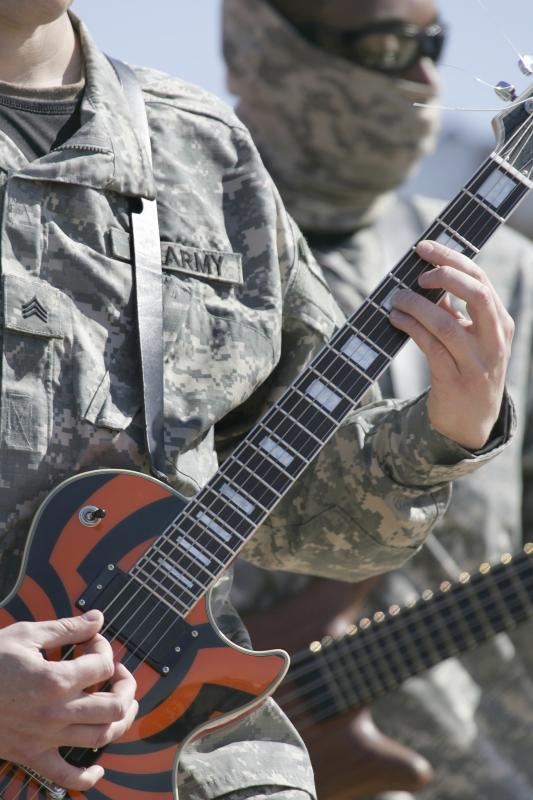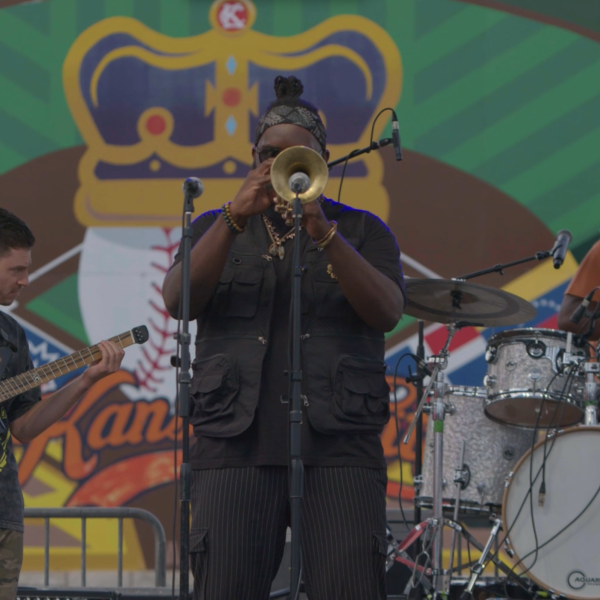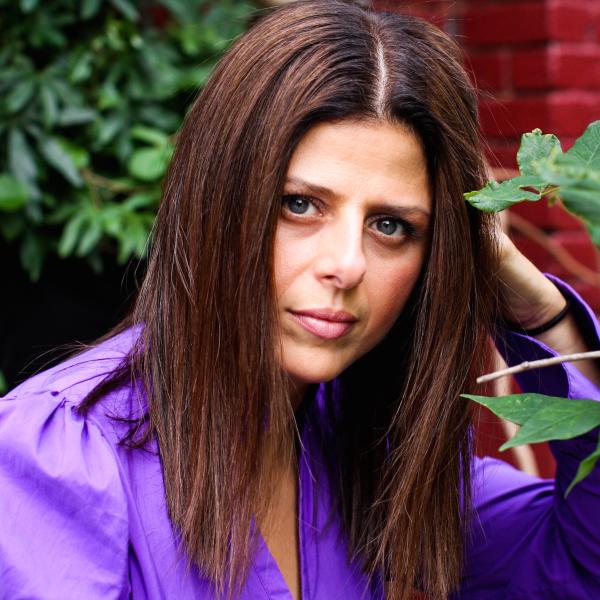Art Talk with Megan Wong: Songs of Healing

On Friday, November 11, the nation will observe Veterans Day to honor the men and women who have given so much to ensure that the United States remains the land of the free and the home of the brave. The National Endowment for the Arts is proud that our healing arts initiative—recently expanded into Creative Forces: NEA Military Healing Arts Network—will serve veterans as well as active duty military in clinical and community sites that are part of the network, such as Marine Corps Base Camp Pendleton and the city of San Diego.
Although the community capacity building efforts are just getting underway, an organization that is already doing important work in San Diego is Resounding Joy’s Semper Sound. Semper Sound provides direct music therapy to military service members and veterans diagnosed with PTSD (post-traumatic stress disorder), TBI (traumatic brain injury), substance abuse, and other stress- and trauma-related physical and psychological diagnoses. Megan Wong, a credentialed music therapist, is the director of Semper Sound. We spoke with Megan about music therapy and the work she does with veterans.
NEA: What is music therapy?
MEGAN WONG: Music therapy is the use of music to help patients reach their individual clinical goals. In the case of working with the military, most of our clients have diagnoses such as PTSD, traumatic brain injury, depression, anxiety, and other mood disorders. We use music to help them rebuild synaptic connections in their brain that may have been damaged from injury or trauma. We also use music as a catalyst for social and emotional rehabilitation.
NEA: What is the difference between music therapy and the therapeutic benefits of music making?
WONG: Music making may or may not address clinical goals. Many times patients use music in a therapeutic way without realizing they are doing that. But music therapy includes careful assessment, continuous evaluation, and is designed to help patients reach their clinical goals.
Furthermore, it's conducted by a music therapist. There is a therapeutic relationship we have with our patients that is just as important as the music itself. We help create a positive association with music since people can have negative associations that they may have created with music.
NEA: In your music therapy practice, are you working more from a neurological rehabilitation perspective or a social and expressive realm?
WONG: We have a strong focus on the emotional and creative expression realm and can complement the work of other health professionals who focus exclusively on neurological rehabilitation and psychologists and psychiatrists who work with emotional rehabilitation. But music adds a different angle, a new perspective.
Music is a non-threatening form of communication. It expresses what our patients might not be ready to say with words. Music is also a powerful tool for regulating emotions. Trauma and injury can damage the parts of the brain responsible for emotion and memory. When a patient experiences triggers, they might not be able to psychologically talk themselves down. Music can meet them at that place and guide them at a neurological level to a calmer state.
NEA: What are some of the tasks or exercises that you would do with a patient?
WONG: A huge one is drumming. There are so many neurological benefits to drumming, I can't begin to describe. Our involuntary bodily functions are rhythmic in nature, such as our heart rate or our breathing. Although, we call those functions involuntary, external rhythmic influences can affect our physiological processes. Additionally, when we engage a motor function to produce that rhythm, so using our hands and arms to drum, it increases connectivity across the hemispheres of our brain.
Music is also used with speech for those who have had damage in the speech-production areas of their brain. There's also music for regaining gross or fine motor function. It helps with rebuilding memory. Across the board, music is an excellent tool for neurological rehabilitation.
NEA: Can you say more about speech?
WONG: There's a music therapy technique called melodic intonation therapy. When the Broca’s area of the brain, the area responsible for speech production, is damaged, we can’t get our oral motor to respond to an internal demand to speak.
However, the parts of our brain used for singing are different so you sing what you want to say. There's been a lot of research to show singing rebuilds the neurological pathways responsible for speech production. Also, in melodic intonation therapy, we start off with taping, engaging the motor part of their brain as well.
NEA: Are the approaches for working with military patients unique from non-military patients?
WONG: It's night and day. Everything is different from the goals that you're addressing to the clinical approaches and the way you relate to clients. The military has its own culture with its own language and social cues.
NEA: How important is it that military personnel have had music in their background?
WONG: Patients do not have to have any music experience to benefit from music therapy. In fact, often those who have had previous music experience, have to overcome their prior conceptions of performance and music perfecting before they can benefit from music as a therapeutic tool.
NEA: Tell me about some of the changes you've seen with your military patients.
WONG: The biggest changes I've seen is that they become more open and comfortable individually, in a group or social setting, more comfortable expressing their thoughts and emotions. They are better able to cope on their own with their symptoms of trauma, depression, or anxiety. Those are general outcomes, obviously there's specific ones based on the goals of each patient. But music is an incredible tool to help them open up.
Read stories from veterans about their relationship with the arts here.




